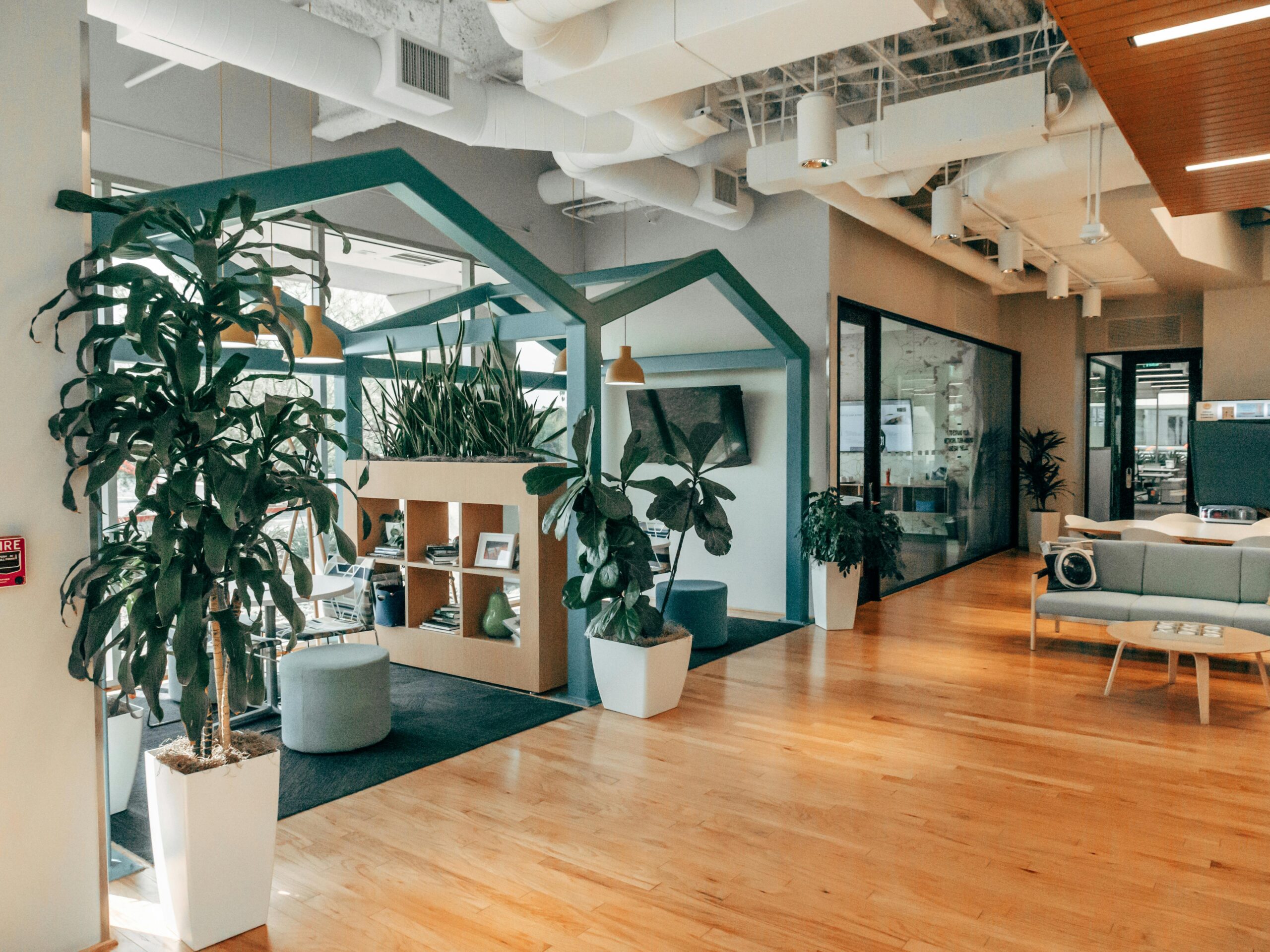When we think of green buildings, the first images that likely come to mind are solar panels, green roofs, and energy-efficient windows—essentially, innovations aimed at reducing a building’s environmental footprint. It’s easy to think that the « green » in green building equals the Environmental pillar of ESG. But is that the full picture? While it’s said a lot about how bringing sustainability into the construction and building process impacts our planet, let’s today center on the last two letters.
‘S’: How Buildings Impact People and Communities
The Social pillar of ESG is just as crucial as the environmental one, though it often flies under the radar when we discuss green buildings. Buildings are more than just physical structures—they are dynamic spaces where people live, work, and interact. As such, their design and operation can profoundly affect occupants’ health, comfort, and mental well-being.
Health and Wellness in Green Buildings
Health and wellness-focused certifications are striving to align sustainable design with human well-being. These frameworks urge architects and developers to integrate features that directly benefit both physical and mental health.
Natural light, for instance, can increase employee productivity by more than 60%, while also enhancing mood and well-being. Incorporating green building features like advanced air filtration systems will make your employees feel happier and healthier.
Inclusivity and Social Equity
Green building isn’t just about reducing a structure’s carbon footprint—it’s about fostering inclusivity and promoting social equity. Accessible design features, like ramps and tactile walkways, ensure that people of all abilities can use a building comfortably. Public green spaces in and around buildings offer communal areas that promote social interaction and reduce isolation, especially in densely populated urban environments.
Social Resilience
Then there’s the role of green buildings in addressing social issues at a larger scale. Buildings can contribute to social resilience by incorporating features that support communities during climate-related events, such as flooding or heat waves.
‘G’: Transparency and Accountability in Real Estate
How about the Governance pillar? It is perhaps the most understated yet increasingly vital aspect of green building. Governance focuses on the ethical and transparent management of a company, including everything from decision-making processes to data protection and regulatory compliance.
Ethical Sourcing of Materials
In the realm of green buildings, governance matters on multiple levels. Ethical sourcing of materials, for example, is a key governance issue. Companies that prioritize ESG need to ensure that their building materials come from sustainable and ethical sources. This might involve choosing suppliers who use recycled content, employ fair labor practices, or minimize the environmental impact of material extraction.
Data Privacy and Cybersecurity
Data privacy and cybersecurity have also emerged as critical governance concerns, especially with the rise of smart building technologies. Buildings equipped with real-time performance monitoring systems collect vast amounts of data, from energy consumption to occupancy patterns. While this data can be invaluable for optimizing efficiency and sustainability, it also raises questions about privacy and data security.
It’s important to use safe technologies that protect this data at all levels. Building operators must implement robust cybersecurity measures and data protection protocols to safeguard sensitive information and ensure compliance with evolving regulations.
Transparency in Governance
Finally, transparency is key to governance. Real estate developers and building owners are increasingly expected to disclose their ESG strategies, performance metrics, and governance frameworks to stakeholders.
Reimagining Sustainability Through ESG
While the green building movement has traditionally been linked with environmental benefits, the future of sustainability lies in a more holistic vision—one that addresses the well-being of people, supports communities and is governed by ethics and transparency.
Green buildings of tomorrow are about more than reducing a carbon footprint. They will be the spaces where people thrive, communities connect, and ethics rule, meeting the highest standards of social responsibility and governance. Instead of merely asking, « Is this building sustainable? » we should be asking, « Is this building improving lives? Is it protecting privacy? Is it governed with integrity? »











